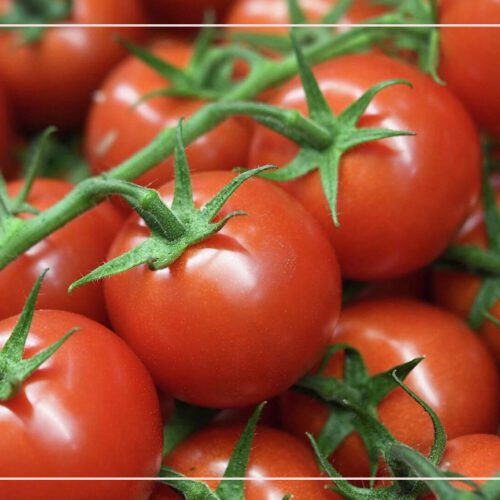
Pastoralism in The Future
It’s like when you have a farm and you decide to raise beef cattle or sheep for wool or cattle to have dairy products. In other words, it’s when you focus your interests on producing livestock rather than crops cultivation. In this article, we will explain many important concepts about pastoralism in the future.
Pastoral farming is also known as pastoralism, livestock farming and grazing.
Specialists who have knowledge in agriculture and business management divided pastoral farming into two categories:
Intensive farming
It’s when the farm is relatively small and the capital allocated for this project is good enough to use new technology and machines. The main goal is to construct a cost effective and productive project rapidly.
Extensive farming:
It’s the opposite of intensive farming, the farm takes up a large area and the capital is relatively low and few workers run the whole business.
Advantages of pastoral farming
Achieving food security:
As we notice, climate conditions are varying permanently and natural resources are reducing. It’s challenging to provide increasing demands for meat, dairy and other products. So, pastoralism seems an effective solution.
Many governments invest in pastoral farming to reduce imports and meet the local food demands.
Reduce the climate change:
Pastoral farming is considered an environment-friendly project. Grazing can stimulate plant growth which leads to reduced carbon level. In addition, when livestock roam around a field to nurture on the crop residues, their distributed manure forms organic fertilizers.
Protect the biodiversity:
Pastoral farming focuses on increasing the number of cattle as fast as possible so that more resilient breeds are preferred. In other words, pastoral farming encourages to increase the genetic diversity to enhance the animal’s breed and make it more robust and able to adapt with all environmental changes.
Improve the local economy
The increasing pastoral farms require more work and more workers, and that means more job opportunities and lower levels of unemployment. Many countries which have suitable agricultural and pastoral environments tend to encourage investors to start up a livestock farm business. This would happen through offering help, loans and any possible facilities.
Related Topic: How to Improve Cattle Production?
Pastoral farming is the best choice:
In some conditions, it seems that it’s impossible to invest in crops farming or even in mixed farming, which makes pastoral farming the best solution for some specific piece of land. For example:
- steep slope:
When the land is full of cliffs, dangerous angles and no useful machinery can reach there, it won’t be convenient to grow crops there. And it’s preferred to use this land as a pastoral farm where animals can adapt with geographical difficulties.
- Extreme weather:
When the weather is extremely cold, hot, wet or even windy, it’s not suitable to grow any crop while it’s impossible to survive. Hence growing animals would be the optimal choice for local people living in such conditions.
Despite all the benefits which pastoral farms provide, from protecting the environment and preserving biodiversity to saving people from poverty, there are still many efforts that must be made. International organizations have to encourage pastoralism by cooperating with local governments all over the world. This means offering support to improve farmers’ knowledge, methodologies provide them with tools to tackle all challenges and run their farms with success.
You can now check the full list of Pastoral Products
produced by Almardia Group





